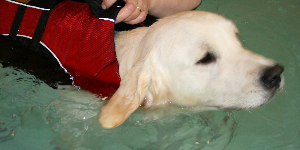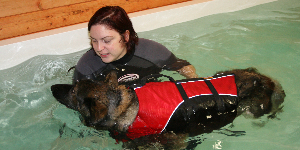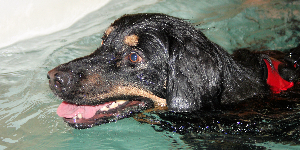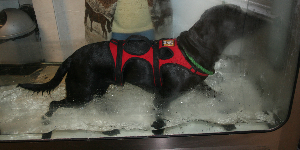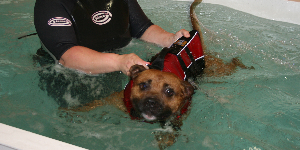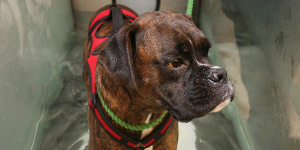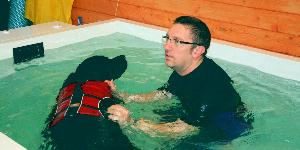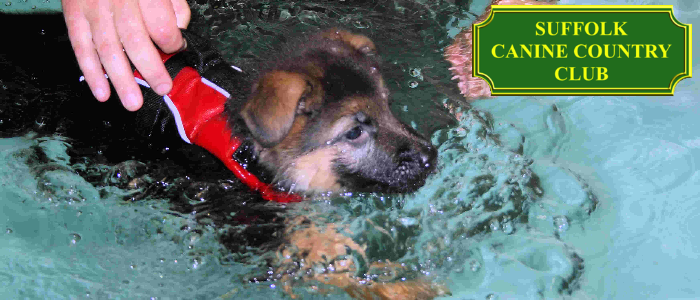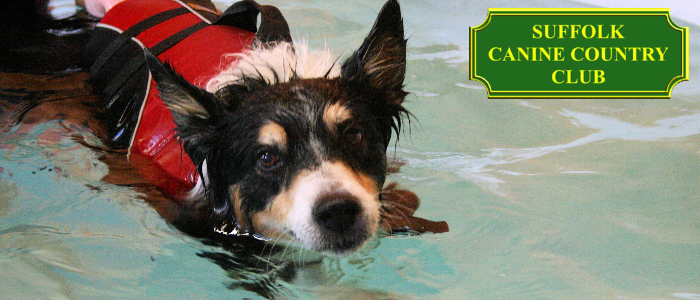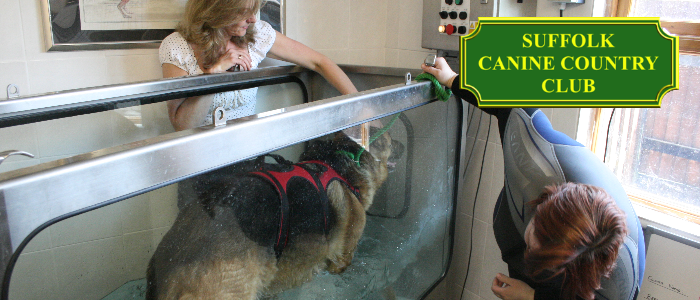The word ‘hydrotherapy’ is derived from the Greek word for water healing.
To understand the benefits of hydrotherapy it helps to understand the basic properties and principles of water. When planning a rehabilitation programme it is important to consider these elements;
Relative Density – this is the ratio of the weight of an object to the weight of an equal volume of water. Relative density depends on an objects composition. Specific gravity is a pure number value measuring the density of different substances. (Pure water = 1, fat = 0.8, lean muscle =1, bone 1.5 to 2). Relative density and specific gravity determine how well objects float (or not!). Simply speaking, if the ratio of the specific gravity of an object to that of water is greater than 1, then the object will sink and if it is less than 1, the object will float. Specific gravity of objects also determine how much of an object will float under water. Specific gravity of ice is 0.92, therefore 92% of ice will submerge to displace enough water (Upward force of buoyancy = downward force of gravity) 8% of ice will float above the surface. The specific gravity of a lean animal can be as high as 1.1 and an obese animal as low as .93. Specific gravity of an animal will mean it floats just below the surface. The higher the specific gravity the quicker the animal will sink i.e. a lean animal not moving will sink faster than an obese animal.
Buoyancy – is the upward thrust of water acting on a body creating an apparent decrease in the bodies’ weight while immersed. When a body is fully or partially immersed in water it experiences upward thrust equal to the weight of water displaced. Buoyancy acts directly through the centre of buoyancy. Problems occur when the centre of gravity and centre of buoyancy are not in the same vertical line causing an animal to tilt. The use of buoyancy aids in the rehabilitation of weak muscles and painful joints helps animals to exercise in an upright position and decreases pain by minimising weight bearing on joints. In dogs, water at a level of the ateral malleolus of the tibia creates approx. 91% weight bearing compared to the body weight on dry land, at the lateral condyle of the femur – 85%, the greater trichinae of the femur – 38% and fully submerged – non weight bearing or ‘zero impact’.
Hydrostatic Pressure – Pascal’s law states that fluid pressure is exerted equally on all surfaces of an immersed body at rest at a given depth. The deeper the body is immersed the greater the pressure exerted on it. Hence hydrostatic pressure provides constant pressure to a limb or body immersed in water providing an improved environment for working with swollen joints or oedematous tissues. Hydrostatic pressure opposes the tendency of blood and edema to pool in the lower portions of a body and can help reduce swelling. Hydrostatic pressure can also decrease pain during exercise. Hydrostatic pressure provides phasic stimuli to skin sensory receptors that cause a decrease in nociceptor hypersensitivity. This decreases an animal’s pain perception which can allow the animal to perform movements with less pain.
Viscosity and Resistance – viscosity is the measurement of frictional resistance caused by cohesive or attractive forces between the molecules of a liquid. The viscosity or resistance to fluid flow is significantly greater in water than in air making it harder to move through water. This resistance strengthens canine muscles and improves cardiovascular fitness. Viscosity also increases sensory awareness assists in stabilizing unstable joints. A dog with paraparesis may be more willing to walk in water or swim than on land because of the waters combined properties of buoyancy and viscosity which help support the dog.
Surface tension – Cohesion is when water molecules adhere to each other, there is greater tendency to adhere at the surface. Therefore there is slightly more resistance at the surface of water. Surface tension is not a factor if the animal is completely submerged but it becomes significant when a limb breaks the water surface. If a patient is weak movements are easier just under the surface rather than at or on the surface.
Exercising in water improves strength, muscular endurance, cardio respiratory endurance, range of movement (ROM), agility and psychological wellbeing whilst minimising pain.
The primary resistant force on land is gravity; the primary resistant forces in water are viscosity, friction and turbulence. These properties directly effect heart rate and oxygen uptake. Exercise in water increases heart rate and oxygen uptake slightly more than exercise on land. Exercises in water use a greater amount of energy than the same exercise on land. Aerobic exercise used in rehabilitation improves cardiovascular fitness and weight reduction. Aquatic exercise also benefits muscle strengthening and minimises the amount of joint effusion leading to greater functional improvement.
Buoyancy in water eases the performance of exercise while providing proprioceptive feedback. It allows for gentler exercise by decreasing the loads placed on injured tissues compared to land based exercise. Hydrotherapy exercise can be used as a transition to land based exercise in post injury or post surgery rehab.
Exercise in heated water increases circulation to muscles, increases joint flexibility and range of movement, decreases joint pain, decreases stress in healing tissues and minimises pain.
Hydrotherapy Menu
Veterinary Referral Form for your vet
